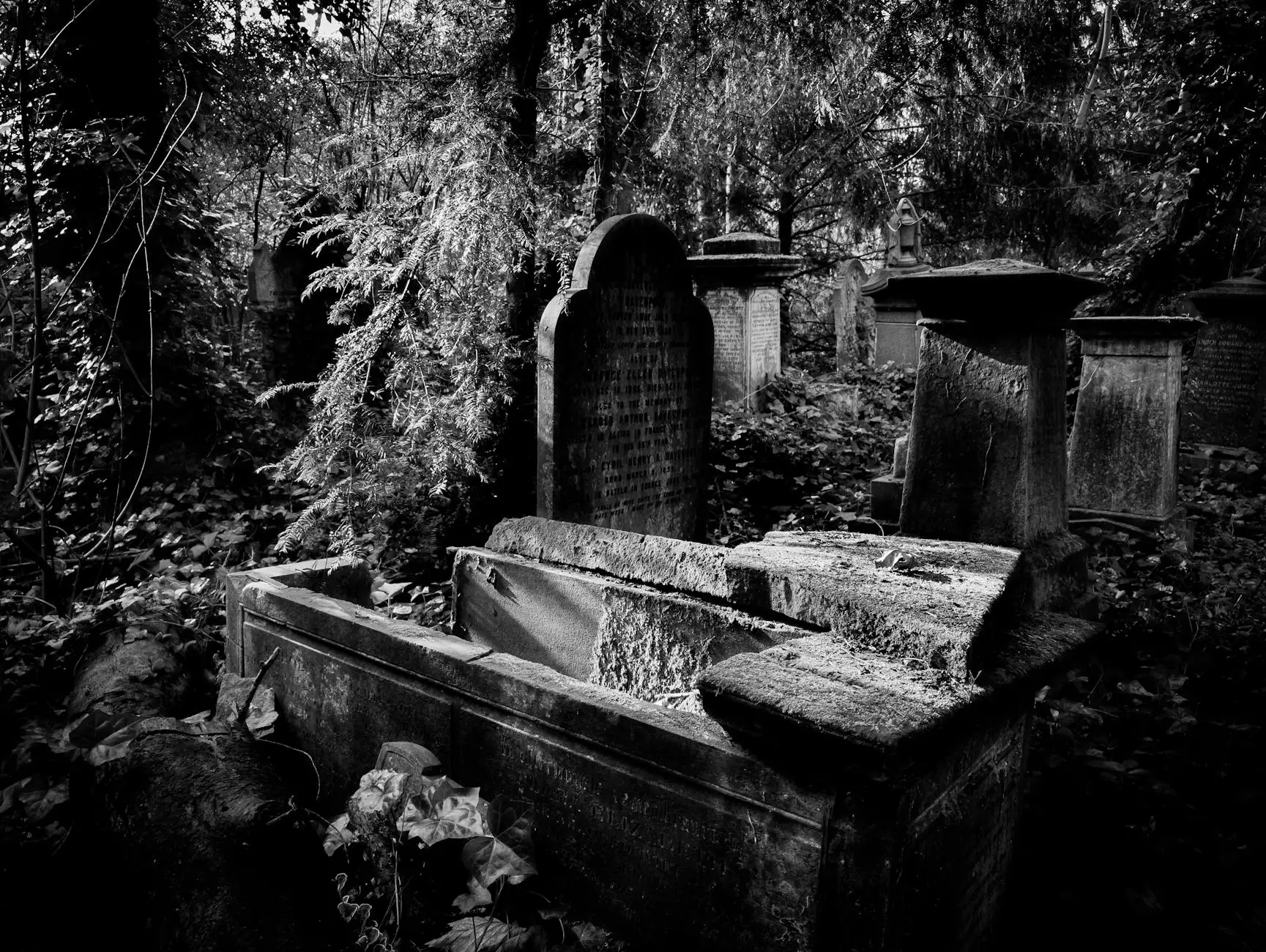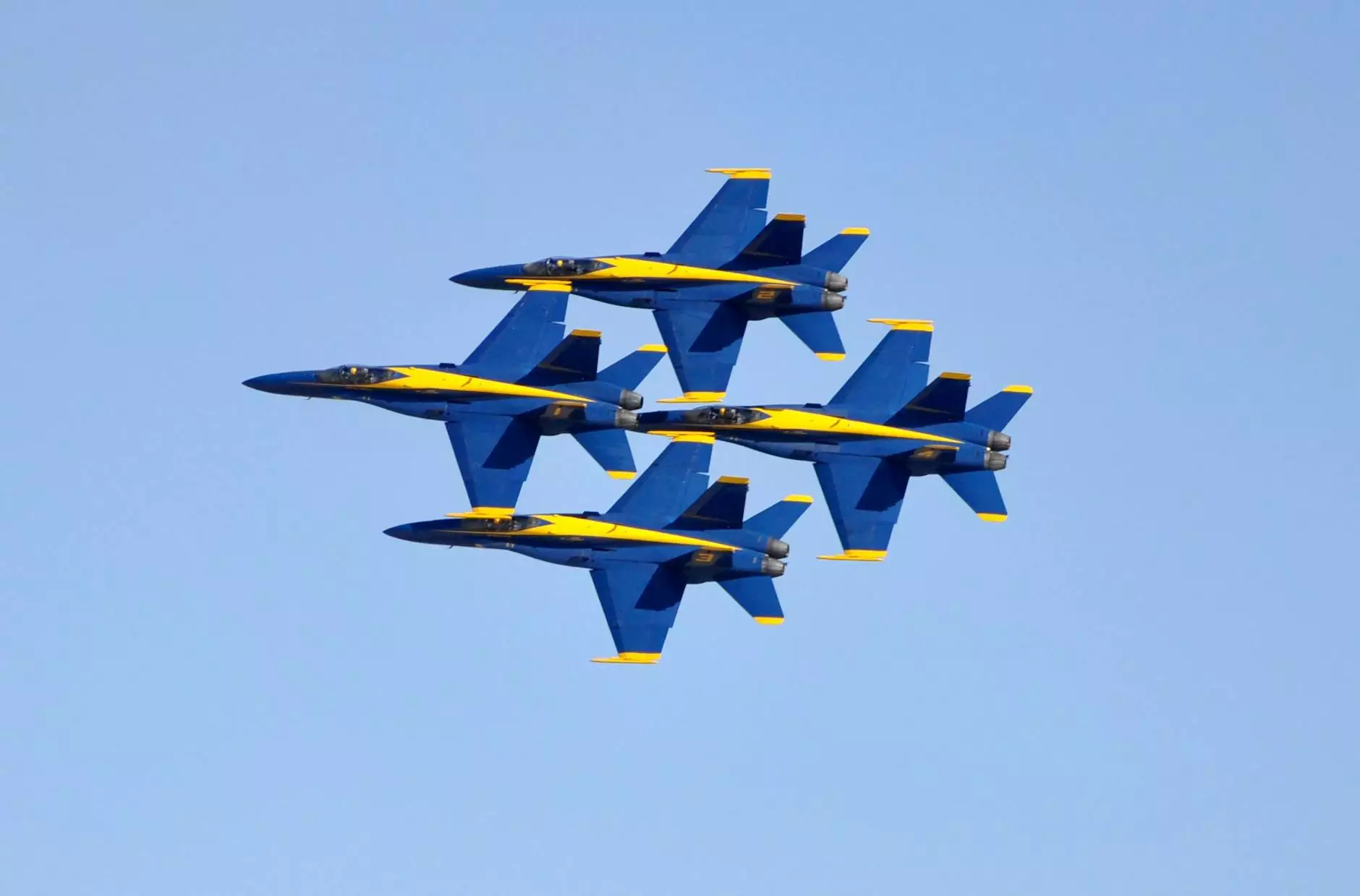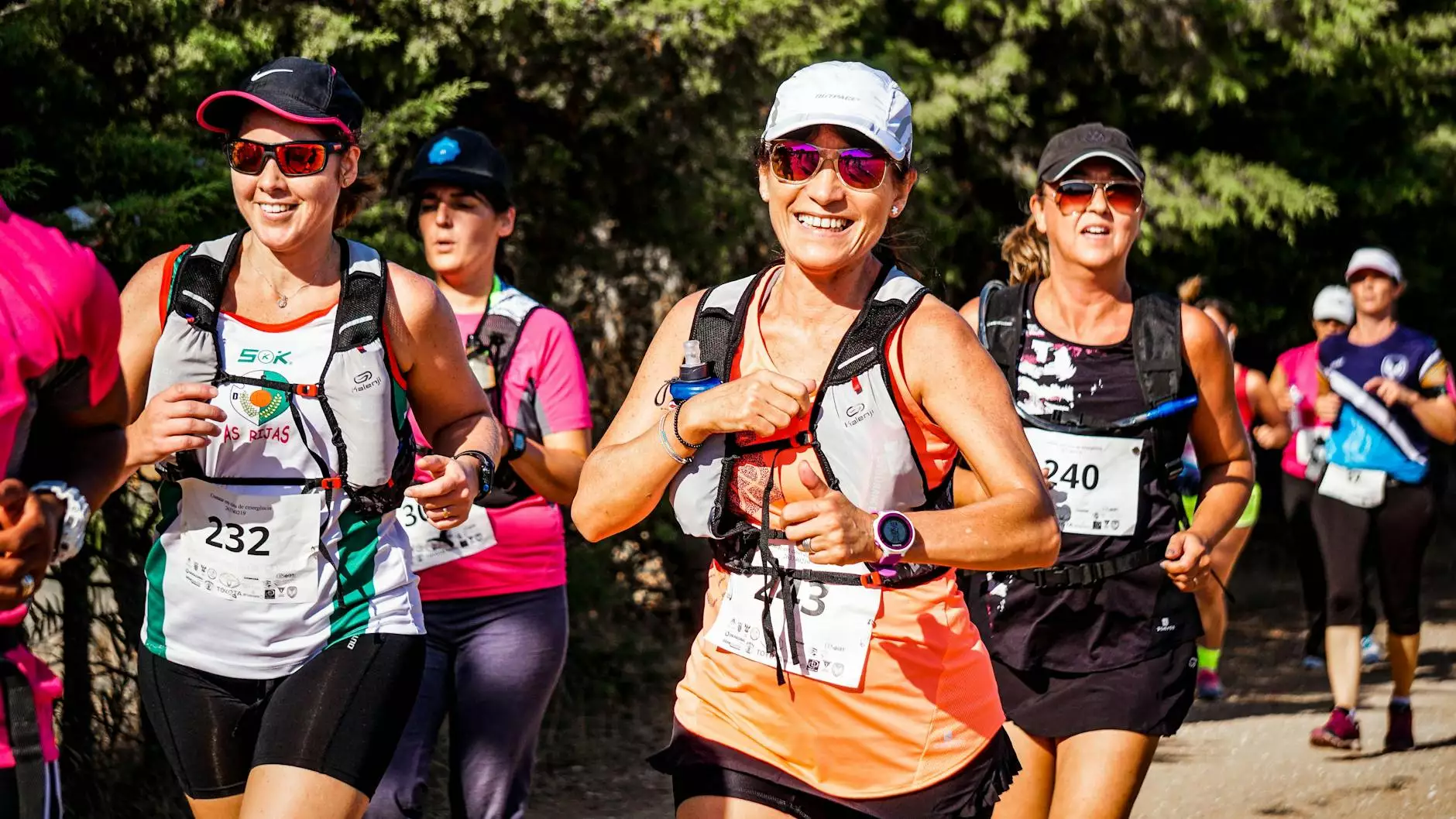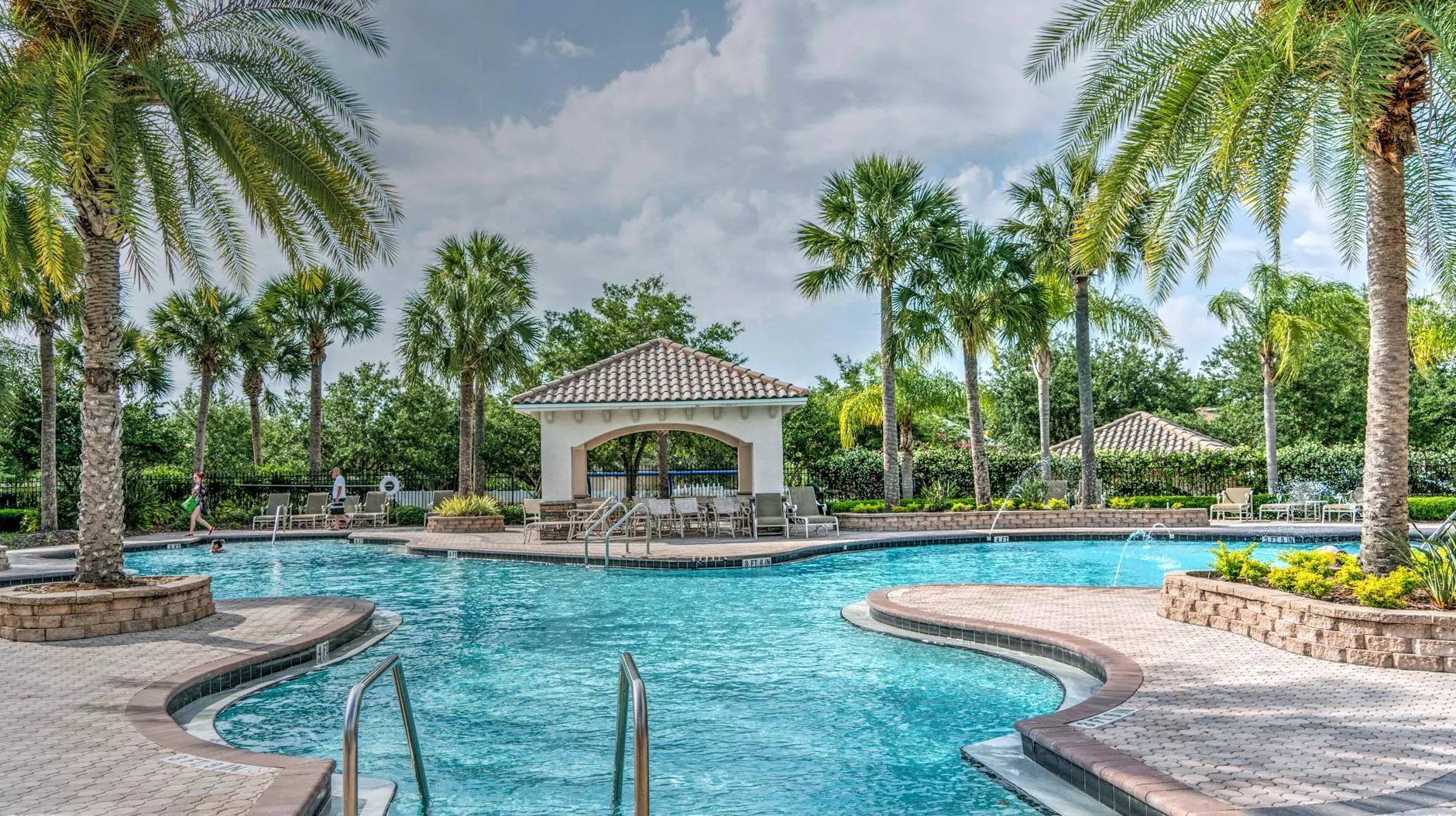Embark on the Unforgettable Journey of the Kanchenjunga Trek

The Kanchenjunga Trek is not just a trekking route; it's a life-changing experience. Nestled in the majestic Himalayas, this trek offers an unparalleled view of the world's third-highest peak, Kanchenjunga. Spanning the borders of Nepal and India, the trek is famous for its stunning landscapes, rich biodiversity, and unique culture. In this comprehensive guide, we will delve into the details of the Kanchenjunga Trek, ensuring you're fully prepared for this extraordinary adventure.
1. The Allure of Kanchenjunga
Kanchenjunga, standing tall at 8,586 meters, is revered not only for its height but also for its stunning beauty. The name 'Kanchenjunga' translates to 'The Five Treasures of Snow,' which aptly describes its captivating peaks. Trekkers are drawn to this region for various reasons:
- The breathtaking scenery of towering snow-capped mountains.
- A rich tapestry of local culture and traditions.
- The opportunity to see diverse flora and fauna.
2. The Trekking Routes
The Kanchenjunga Trek is divided into various routes, each offering its own unique experience. The most popular routes include:
2.1. The North Base Camp Trek
This route takes you to the north base camp of Kanchenjunga. It is considered less crowded compared to the south base camp, allowing trekkers to enjoy the serenity of nature. The trek starts from the town of Taplejung and includes mesmerizing views of the eastern Himalayas.
2.2. The South Base Camp Trek
The south base camp trek is more popular among trekkers. Starting from the town of Suketar, this route passes through lush rhododendron forests and quaint villages, offering a glimpse into the local lifestyle. The views from the south base camp are absolutely stunning, making it a must-visit for all trekking enthusiasts.
2.3. The Kanchenjunga Circuit Trek
This is the most comprehensive route, taking trekkers through diverse terrains and allowing one to experience both the north and south sides of Kanchenjunga. The circuit trek is challenging, usually taking around 18 to 24 days, depending on your pace and itinerary.
3. Ideal Time for Trekking
Choosing the right time for your Kanchenjunga Trek is crucial for a pleasant experience. The best months to trek are:
- March to May: This is springtime in the Himalayas. The weather is mild, and the rhododendrons bloom, creating a colorful backdrop for your trek.
- September to November: This is the post-monsoon season when the skies are clear, offering stunning views of the mountains.
Avoid trekking during the monsoon season (June to August) due to heavy rainfall, landslides, and difficult trails.
4. Preparation for the Trek
Preparing for the Kanchenjunga Trek involves both physical training and the right gear. Here are some essential tips:
4.1. Physical Fitness
Engage in aerobic exercises, strength training, and endurance workouts for at least three months before your trek. Activities such as hiking, jogging, cycling, and stair climbing will prepare your body for the challenging trails of Kanchenjunga.
4.2. Packing the Right Gear
Having the appropriate gear is essential. Here's a list of must-have items:
- Footwear: Sturdy, waterproof trekking boots are crucial.
- Clothing: Layered clothing including thermal wear, waterproof jackets, and trekking pants.
- Sleeping Gear: A lightweight sleeping bag suitable for cold weather.
- Accessories: Trekking poles, hats, gloves, and sunglasses.
- First Aid Kit: Include essentials like altitude sickness medication, band-aids, and antiseptics.
5. The Cultural Experience
The Kanchenjunga region is rich in culture, predominantly inhabited by the Limbu and Rai communities. Engaging with the locals while on the trek can provide a deep insight into their traditions and way of life. Be sure to:
- Try local cuisine such as dal bhat and gundruk.
- Learn about their customs and rituals, particularly celebrations like Dashain and Tihar.
- Participate in local activities, such as traditional dancing or farming.
6. Safety Considerations
Your safety during the Kanchenjunga Trek is paramount. Here are some essential safety tips:
- Altitude Sickness: Ascend gradually and stay hydrated to avoid altitude sickness. Be aware of symptoms such as headaches and nausea.
- Travel Insurance: Invest in a good travel insurance policy that covers high-altitude trekking.
- Guided Treks: Consider hiring a local guide or joining a trekking group for safer navigation through the trails.
7. Conclusion: Why Kanchenjunga Trek is a Must-Do
The Kanchenjunga Trek is not just a trek; it's an experience that combines adventure, culture, and the beauty of nature. Each step brings you closer to the towering peaks and the heartwarming hospitality of the local people. With the right preparation and mindset, this trek can be transformative and rewarding. Join My Everest Trip to begin your journey towards this majestic adventure, and discover why trekking in the shadow of Kanchenjunga is a lifelong memory waiting to be embraced!
8. Frequently Asked Questions
8.1. How Difficult is the Kanchenjunga Trek?
The trek can be classified as challenging due to altitude, long distances, and variable weather conditions. Proper acclimatization is vital, and prior trekking experience is beneficial.
8.2. Can I do the trek independently?
While it is possible to trek independently, hiring a local guide is recommended for safety and navigation, especially in remote areas.
8.3. What Permits Do I Need?
You'll need a Trekkers’ Information Management System (TIMS) card and a Kanchenjunga Conservation Area Project (KCAP) permit. These can typically be obtained through trekking agencies or at tourist offices in Nepal.
8.4. What Should I Expect in Terms of Accommodation?
Accommodation ranges from basic teahouses to lodges along the route. Amenities can vary, so be prepared for basic facilities.
8.5. How Can My Everest Trip Help?
We offer comprehensive travel services, including personalized trekking itineraries, local guides, and necessary permits to ensure your Kanchenjunga Trek is unforgettable.









